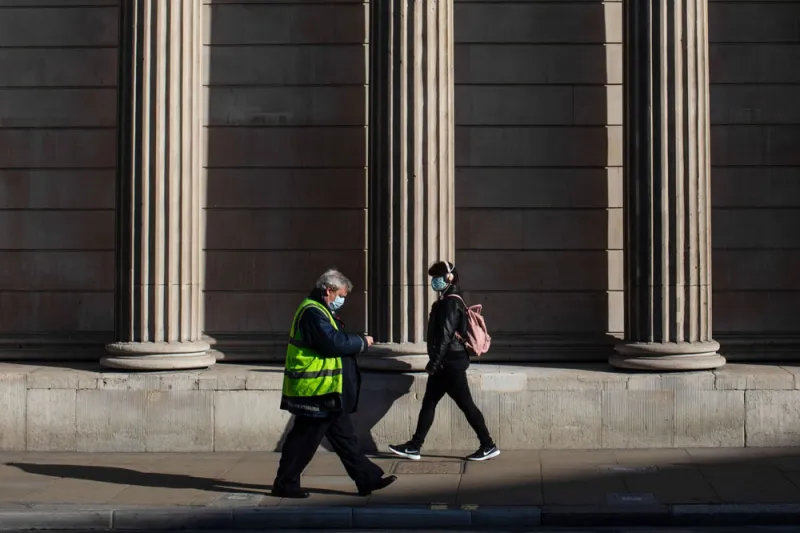Policymakers are driving up stocks with massive stimulus programs — but investors should expect smaller gains and rising inflation over the next decade, according to Bank of America.
Similar to the “stagflationary” 1970s, Bank of America investment strategists said in a report this week that real and nominal returns in the 2020s will be low, “clustered,” and volatile. “Inflation hedges must be sought by asset allocators via real assets over financial assets,” they said, suggesting long positions in gold and the value stocks of small companies.
For now, the trillions of dollars in government stimulus designed to help Americans through the coronavirus pandemic is spurring investors to buy equities and banks to lend, according to the report. Stocks have surged from this year’s low in March, even as millions of jobs were lost and U.S. unemployment spiked to 14.7 percent.
But the surprise upside in profits of the 2010s won’t continue as the U.S. may see higher taxes next year as policymakers demand “payback” for the emergency government aid, the strategists predicted. Meanwhile, a political shift toward Main Street populism, from “peak capitalism” on Wall Street, will help set the stage for higher inflation, according to the report.
[II Deep Dive: Inflation Never Materialized After the Last Crisis. JPMorgan Thinks This Time Is Different.]
The investment strategists suggested that a shift toward localism from globalism and a rise in modern monetary theory, or MMT, could contribute to a jump in inflation over the next decade. Research Affiliates said in a paper last year that investors would be foolish to dismiss MMT, an economic doctrine that calls for increased fiscal spending backed by the creation of money.
MMT had been attracting a following partly because it promises to help reverse wealth inequality, which conventional monetary policy has partly fueled, Chris Brightman, chief investment officer of Research Affiliates, said in the paper, released in June 2019.
“Savers and investors may wish to revise financial plans to allow for the heightened risk of inflation,” he wrote. “Informed investors can prepare by paring back positions in mainstream stocks and bonds, diversifying into real assets, and revising down future real return expectations.”
Stocks returned 15.8 percent during the 2010s, a decade with just 2 percent inflation, according to the Bank of America report. That compares with stock market gains of 5.9 percent over the 1970s, a period that saw high inflation of 7.4 percent.
Investment firm GMO forecast last month that shares of large U.S. companies will see an annualized loss of 1.5 percent over the next seven years, while small-cap stocks in the country will see an annualized real return of 1.4 percent. GMO predicted that the biggest gains over the next seven years will come from value stocks in emerging markets, with annual real returns of 11.8 percent.
Meanwhile, UBS Group’s chief economist Paul Donovan has warned that bond investors may be forced to accept lower yields as a form tax by the government, as federal borrowing soars to provide stimulus amid the coronavirus pandemic.
“Governments are likely to try to reduce debt levels after the virus by taxation,” Donovan said in a May 7 note. “There is one particular form of tax that is likely to be popular— financial repression. Financial repression is when investors are forced to hold government bonds, at a lower yield than they would freely accept.”







